Climate Control Options for Industrial Operations
Particularly important in very cold or warm seasons, it's a constant issue for manufacturing and warehousing

Do areas of your facility require constant temperatures? Are your employees dealing with significant seasonal temperature variations? These situations all require special conditions – often conditions that are hard to control with people and equipment moving in and out all the time. Let’s examine some climate control options outside the world of HVAC equipment.
High-volume-low-speed (HVLS) fans
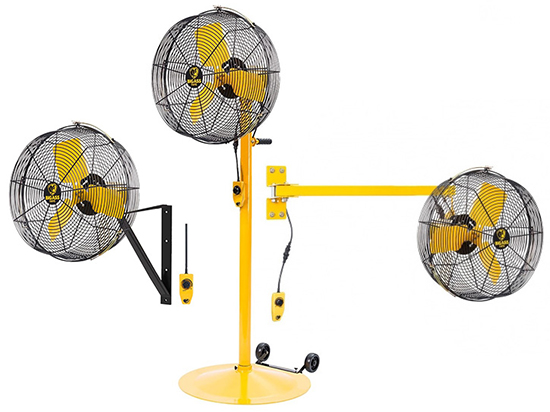
These fans move air in smaller volumes with greater force. These fans are deployed at individual work cells and blow directly on the workers to help relieve the effects of stale, static air and hot conditions. These fans create evaporative cooling on hot days but aren’t typically helpful on cold days.
Separating temperature zones conserves cooling and heating
Doors and openings
Thermal climate control curtain walls
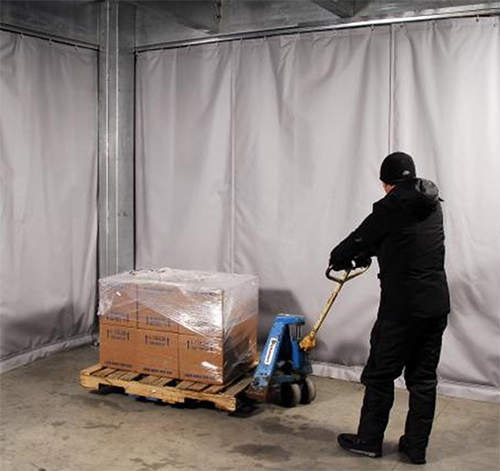
- Thermal barriers run on overhead tracks so they can be collapsed as needed.
- They’re ideal for applications like a climate controlled manufacturing area that shares the same general space with shipping or receiving docks that aren’t cooled or heated.
- With a curtain system, you retain as much of the climate as possible without hard walls.
Achieving air exchange to reduce fumes and stale air
Doors and openings
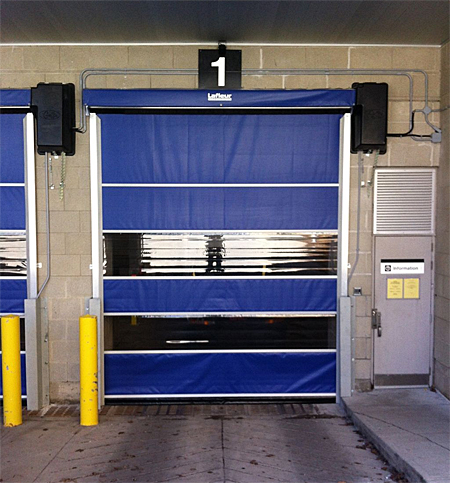
Air distribution is critical
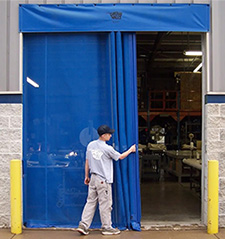
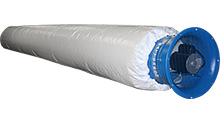
Keeping cold things cold and hot things hot
Climate control is more than the reading on the thermostat. It is providing a comfortable work environment, conserving consistent temperature zones and circulating air throughout a facility. Choose products that enhance your ability to control the work environment and that save on energy costs. That way you have a win-win situation.
More resources:
Tags: cooling, fans, high-speed doors, mesh door, HVLS, high volume low speed, high velocity, industrial fan, climate control, air circulation, destratification, ventilation, heating, work environment
Scott Stone is Cisco-Eagle's Vice President of Marketing with 35 years of experience in material handling, warehousing and industrial operations. His work is published in multiple industry journals an websites on a variety of warehousing topics. He writes about automation, warehousing, safety, manufacturing and other areas of concern for industrial operations and those who operate them.



